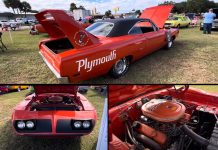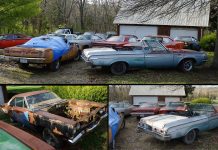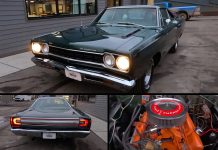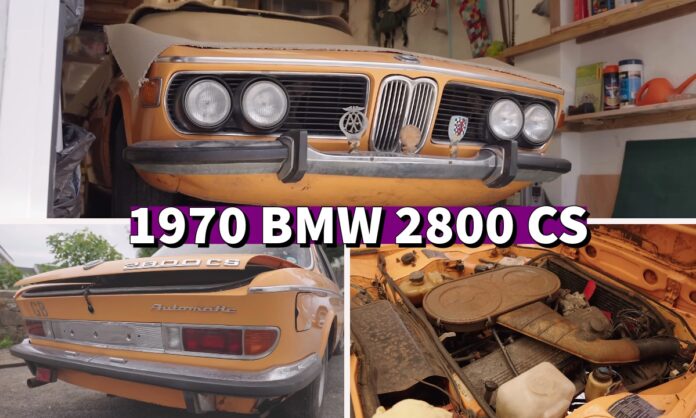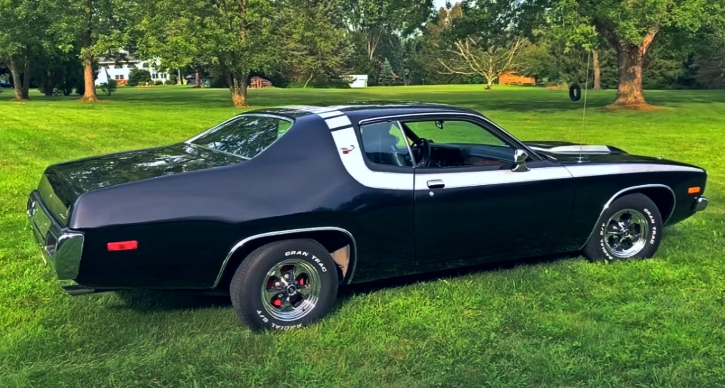Unveiling the Essence of Classic BMWs
In the realm of classic BMWs, the choice is never simple. Are you inclined towards the timeless elegance of the E30 and E28 models, or does the allure of the pre-WW2 marvels like the 327 and 328 captivate your heart? Perhaps the 1960s and 1970s era, before the advent of the ubiquitous 3, 5, and 7 Series, is where your automotive passion resides. As for me, I find myself squarely in the latter category, and I appreciate your curiosity!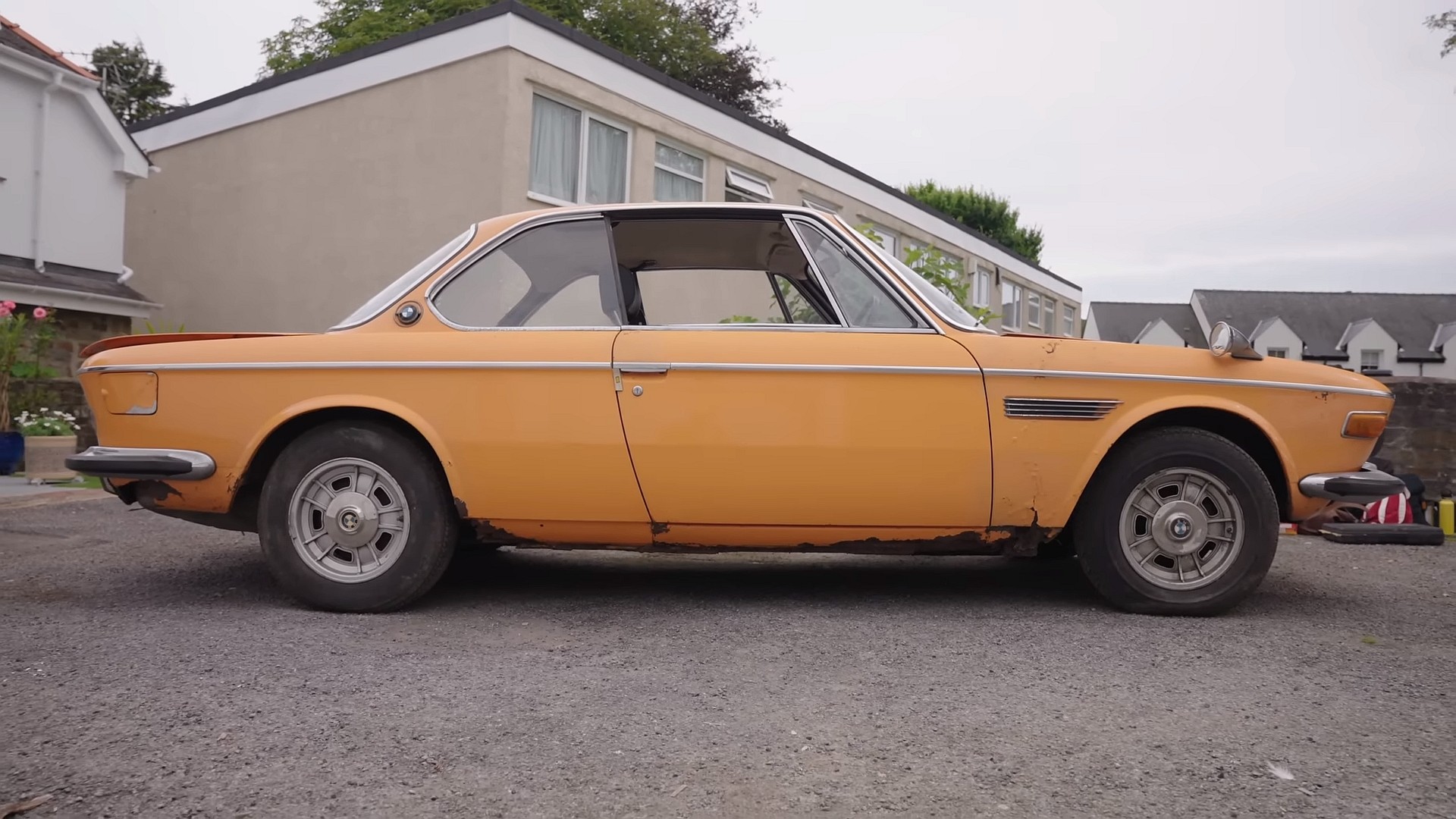
A Journey through BMW’s Historical Canvas
Spanning the canvas of BMW’s history, the allure of the New Class, the 02 Series, and the New Six coupes and sedans (E9 and E3) from the 1960s and 1970s holds me entranced. Their undeniably captivating aesthetics, embodying an era of artistic automotive craftsmanship, strike a chord with my heart. It’s conceivable that my affinity is tinged by memories of my upbringing alongside a New Class coupe, a tale of nostalgia unto itself.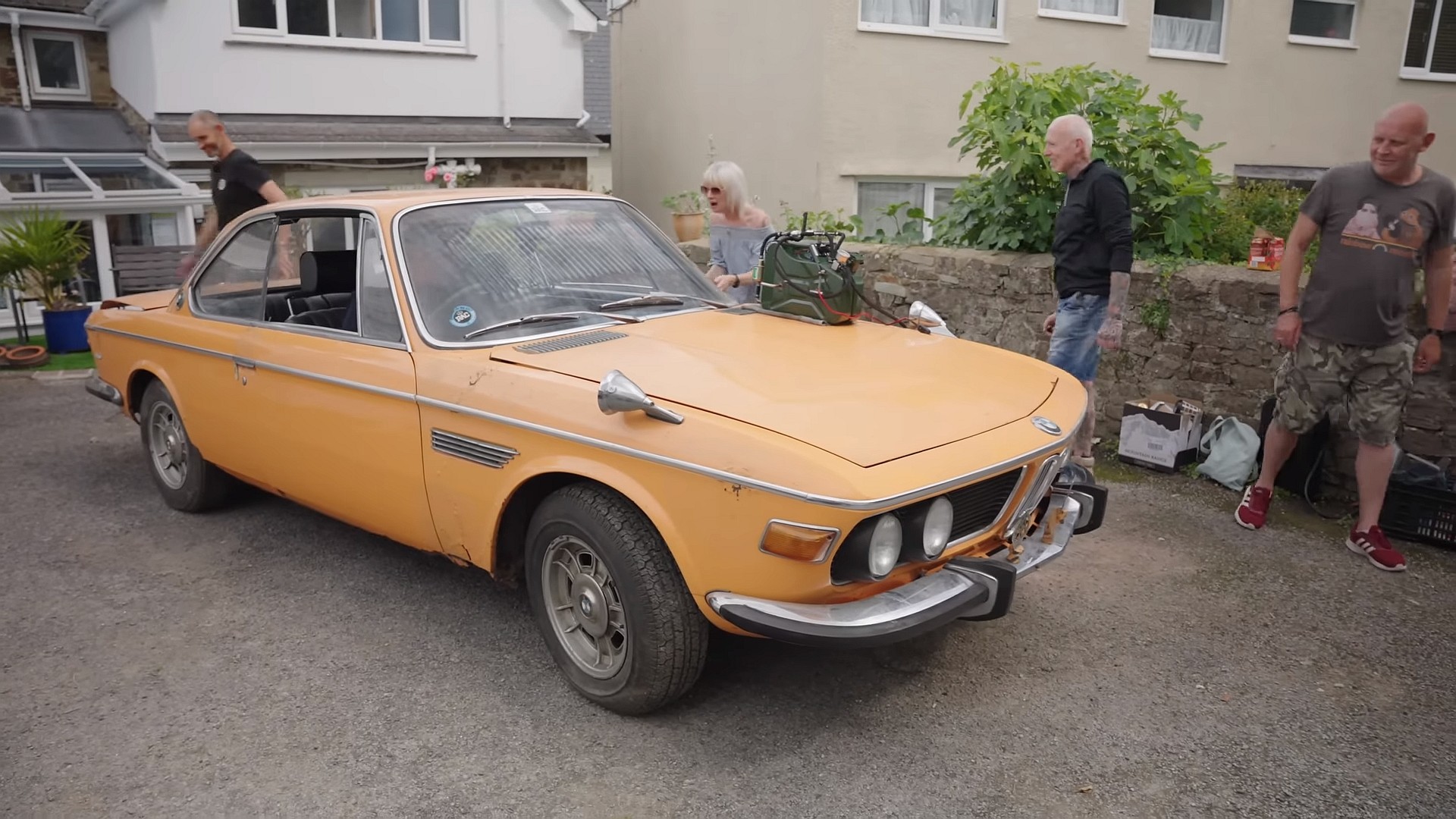
Unmasking the Favorite: The E9 Enigma
In the realm of these exquisite classics, singling out a solitary favorite proves to be a daunting task. However, if pressed, I would unequivocally settle upon the E9, the precursor to the initial generation 6 Series. Crafted between 1968 and 1975, the E9 emerges as the quintessential epitome of a Bimmer. A manifestation of the iconic Wilhelm Hofmeister’s design genius, the E9 radiates allure, complemented by the venerable M30 inline-six engine – a powerplant that etched its legacy into BMW’s chronicles. The E9’s significance transcends its aesthetic elegance; it was the bedrock for the fierce 3.0 CSL, metamorphosing into a triumphant force on the racing circuit.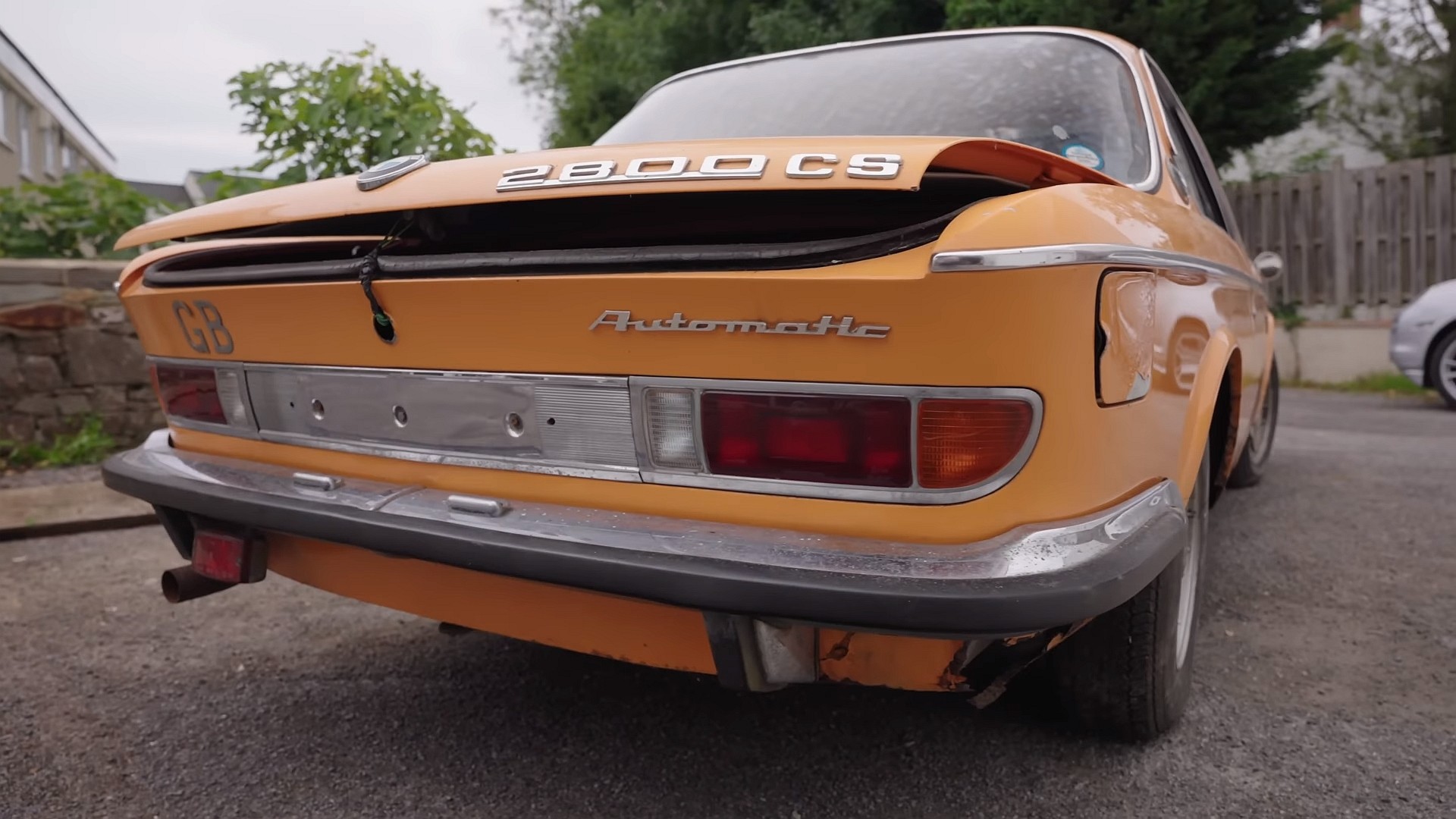
Rarity Woven in Production
While the E9 enjoyed a relatively prolonged production stint, its tally culminated at a mere 30,000 units. The enigmatic 3.0 CSL, in particular, exists as a rarity, numbering 1,265 units – an exclusivity augmented by its high-performance core. The 3.0 CSi holds the mantle of the most prevalent with 7,935 units, while the inaugural 2800 CS, the archetype of the E9 lineage, contributed 6,283 units to the chronicles.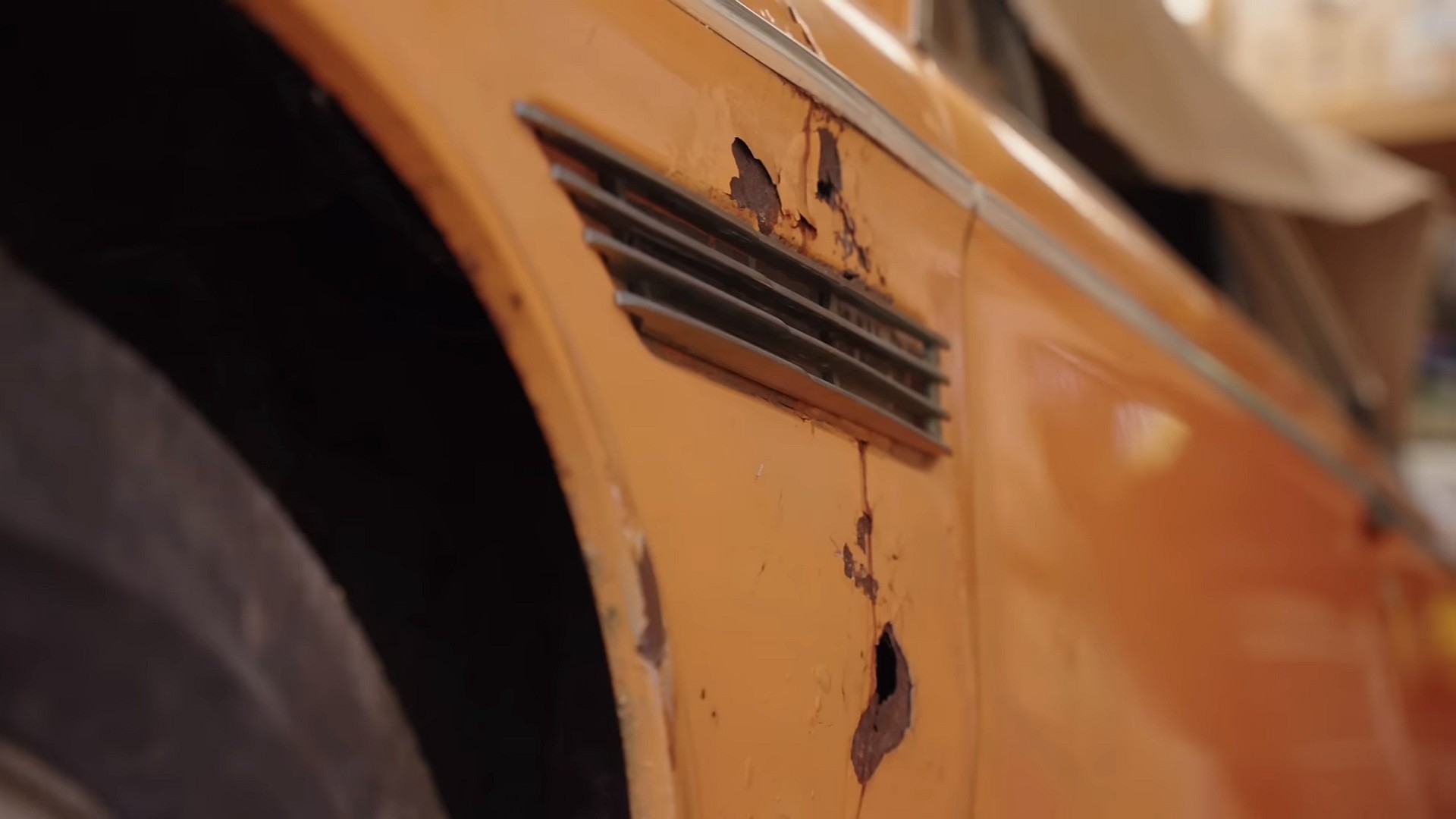
A Dormant Relic Awakens
Yet, rarity courses through the veins of all E9 variants, their dwindling numbers a testament to time’s passage. Many, in their hibernation, await the transformative touch of restoration to reembrace the open roads. The tale of a 1970 2800 CS epitomizes this phenomenon.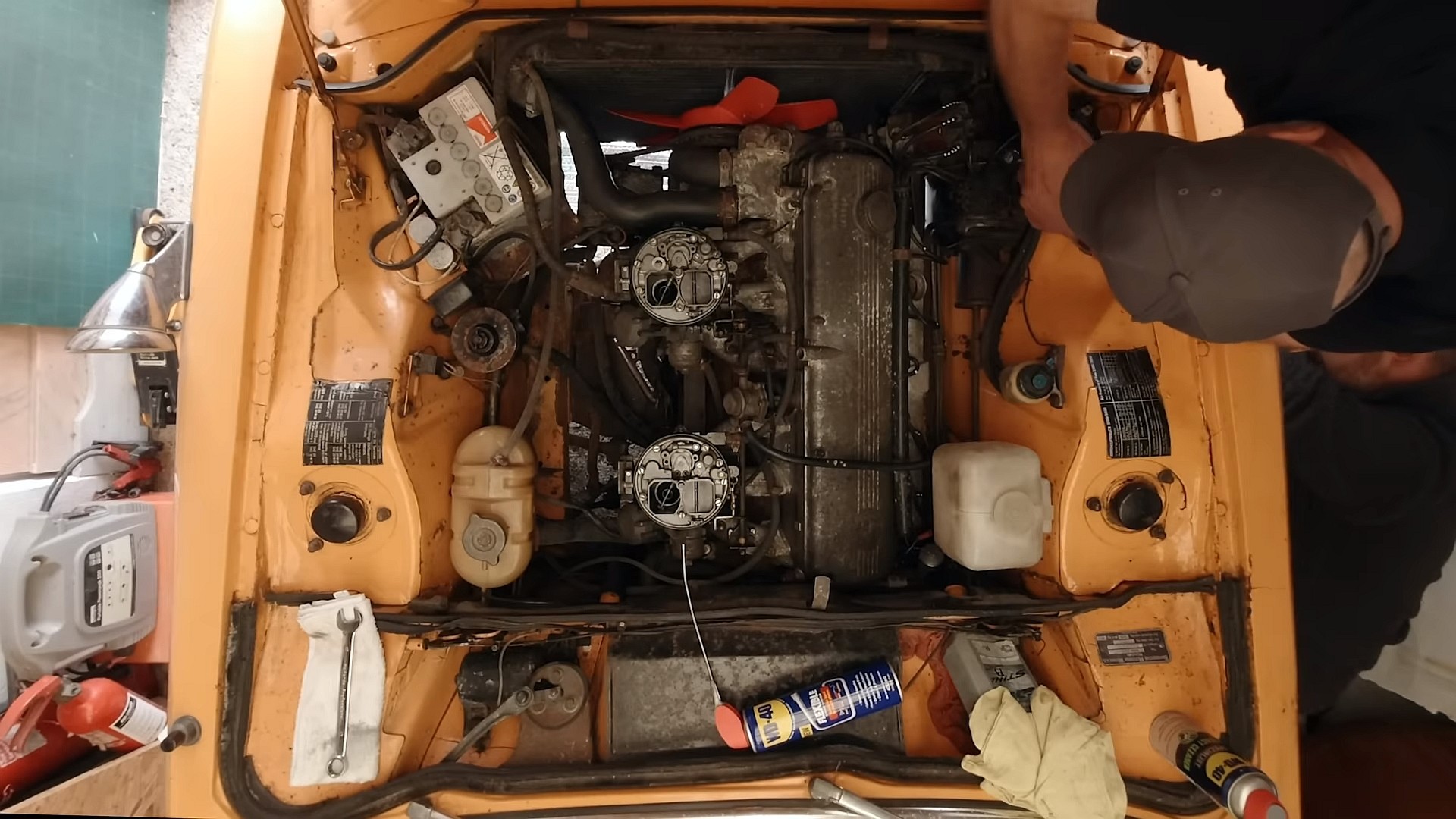
Unveiling the Silent Guardian
Unveiled on a recent episode of “The Late Brake Show,” this particular 2800 CS has slumbered within the confines of a Welsh garage since 1985. Its last rendezvous with the open roads was all too fleeting, a few months marred by the prospect of extensive repairs required to navigate the annual MOT test.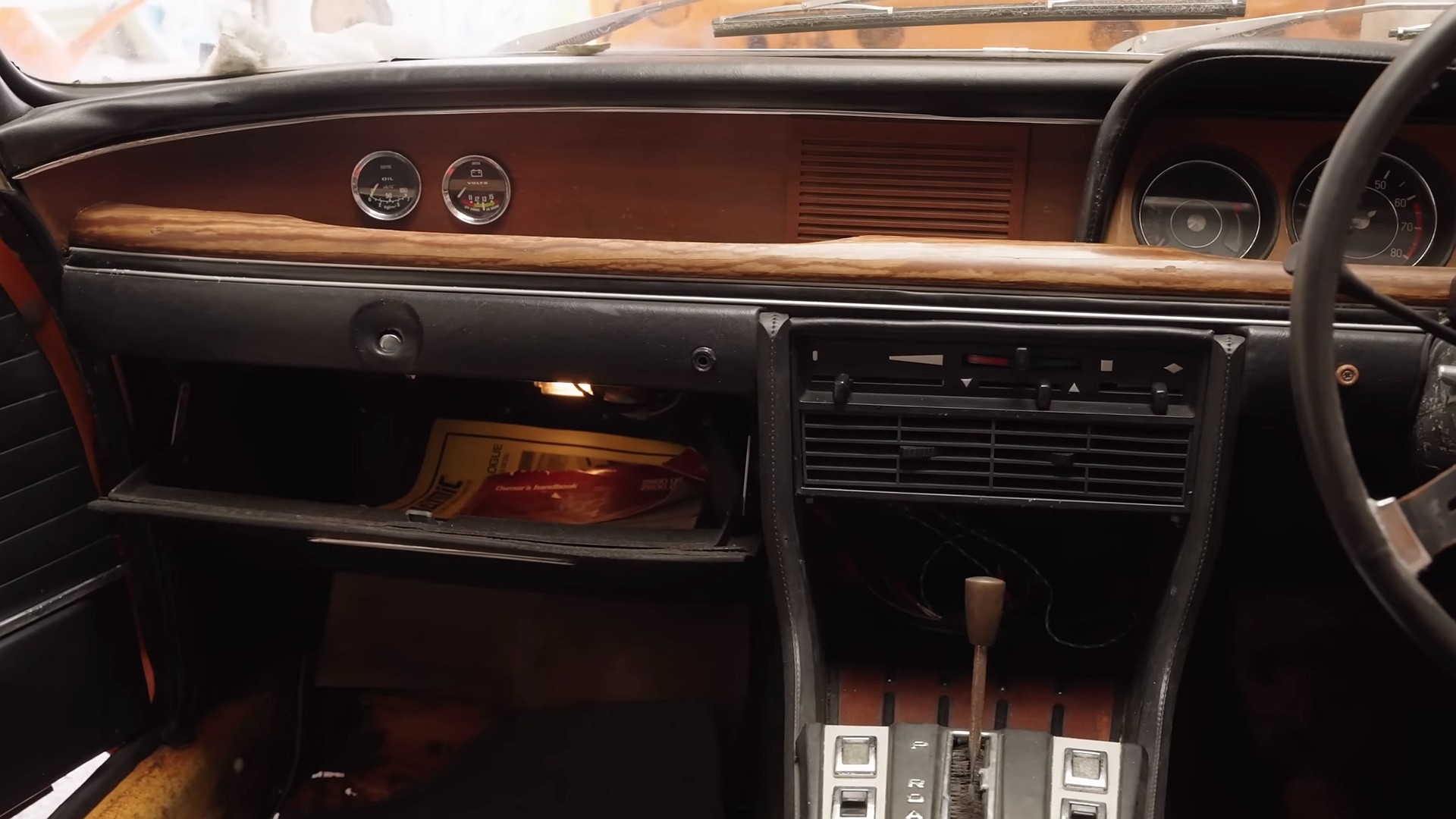
A Patina of Age and Elegance
As the curtain of 2023 rises, this 2800 CS stands before us, bearing the graceful patina of age. Rust’s insistent touch has caressed the front fenders, yet the allure endures. The original Colorado paint, albeit faded, maintains its faithful watch. Interior trim evokes nostalgia, and the numbers-matching inline-six continues to pulse beneath the hood. The M30 engine, a 2.8-liter marvel, birthed 168 horsepower in its 1970 incarnation. Subsequent variants encompassed 3.0-, 3.2-, and 2.5-liter iterations.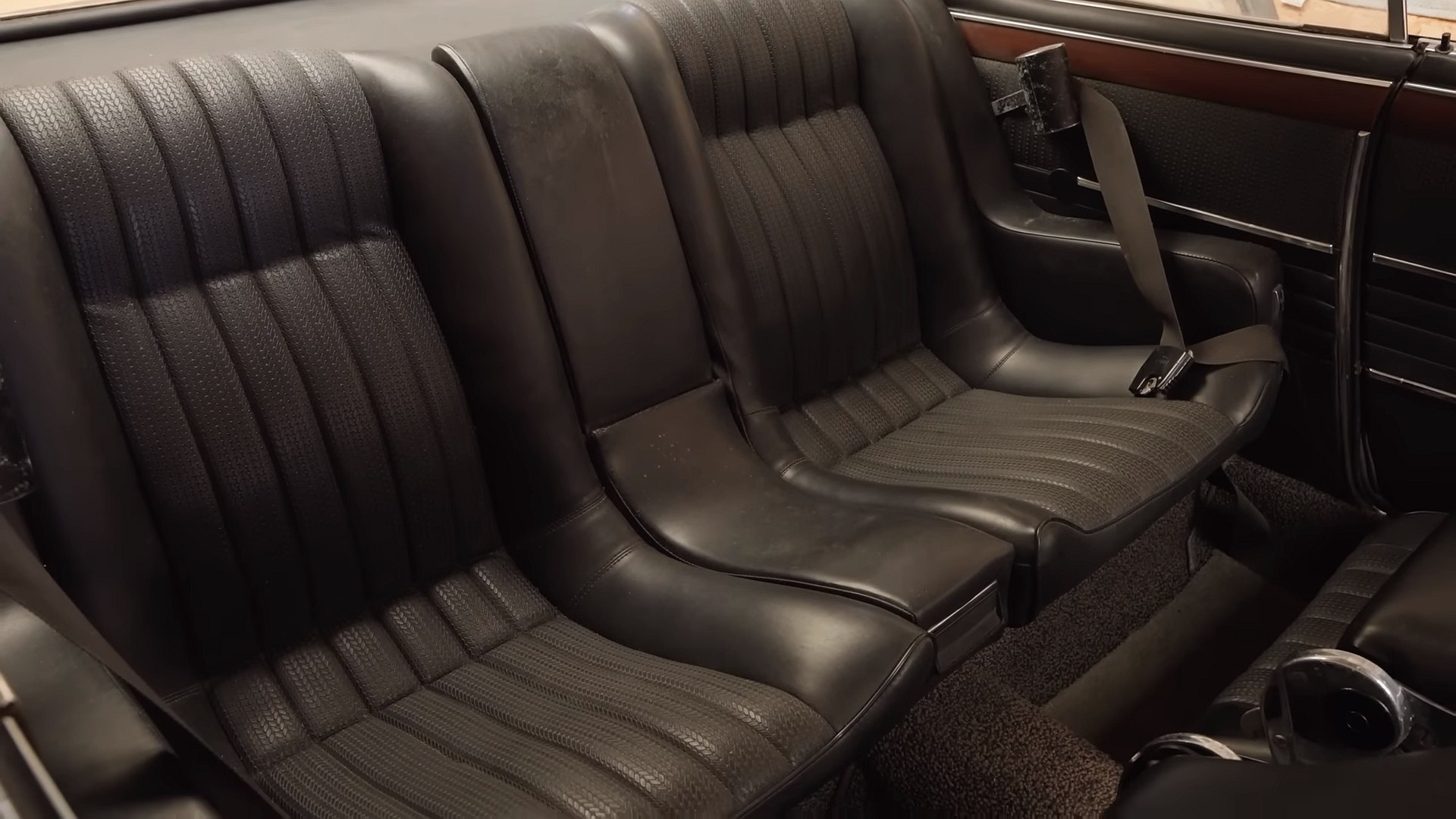
A Glimpse into Rarity
In the realm of rarity, this 2800 CS occupies a distinct niche. A part of the 6,283-strong lineage of the 1968-to-1971 production run, this particular specimen emerges as one of 3,335 examples birthed in the year 1970. Its right-hand-drive distinction adds a layer of exclusivity, even as the precise statistics of LHD and RHD versions remain elusive. Drawing parallels with data from other E9 variants, I venture to estimate its population at fewer than 1,500 units, especially in this configuration.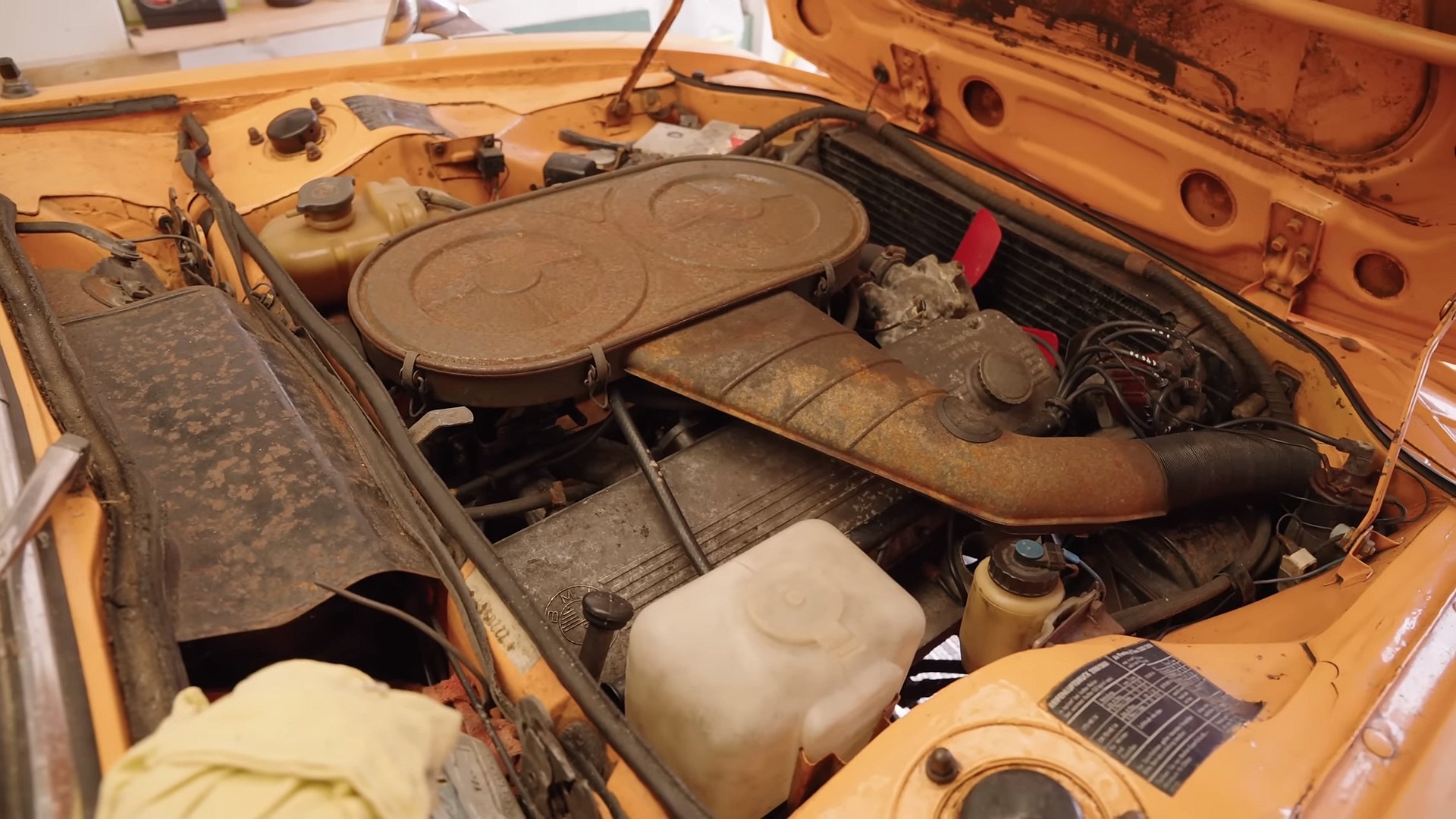
The Tale of Redemption
The 2800 CS stands testament to the allure of the E9 lineage, a survivor after four decades of dormancy, a classic yearning to reclaim its position on the open roads. Tales whisper that the owner’s pursuit of rust-remedying funds lay unfruitful, until Jonny Smith and his comrades coaxed the inline-six back to life. A tale of redemption now beckons, where the once-slumbering E9 might awaken from its torpor.
FAQs:
Q1: What classic BMW models do you have an affinity for?
A1: My passion lies in the captivating charm of classic BMWs from the 1960s and 1970s, embracing the New Class, the 02 Series, and the New Six coupes and sedans.
Q2: What is the standout attribute of the E9 according to you?
A2: The E9, precursor to the 6 Series, exudes a mesmerizing charm, crowned by its exquisite design by Wilhelm Hofmeister and the enduring power of the M30 inline-six engine.
Q3:What is the status of the featured 1970 2800 CS?
A3: This 1970 2800 CS, featured on “The Late Brake Show,” has spent decades in a Welsh garage, untouched since 1985, awaiting a resurrection.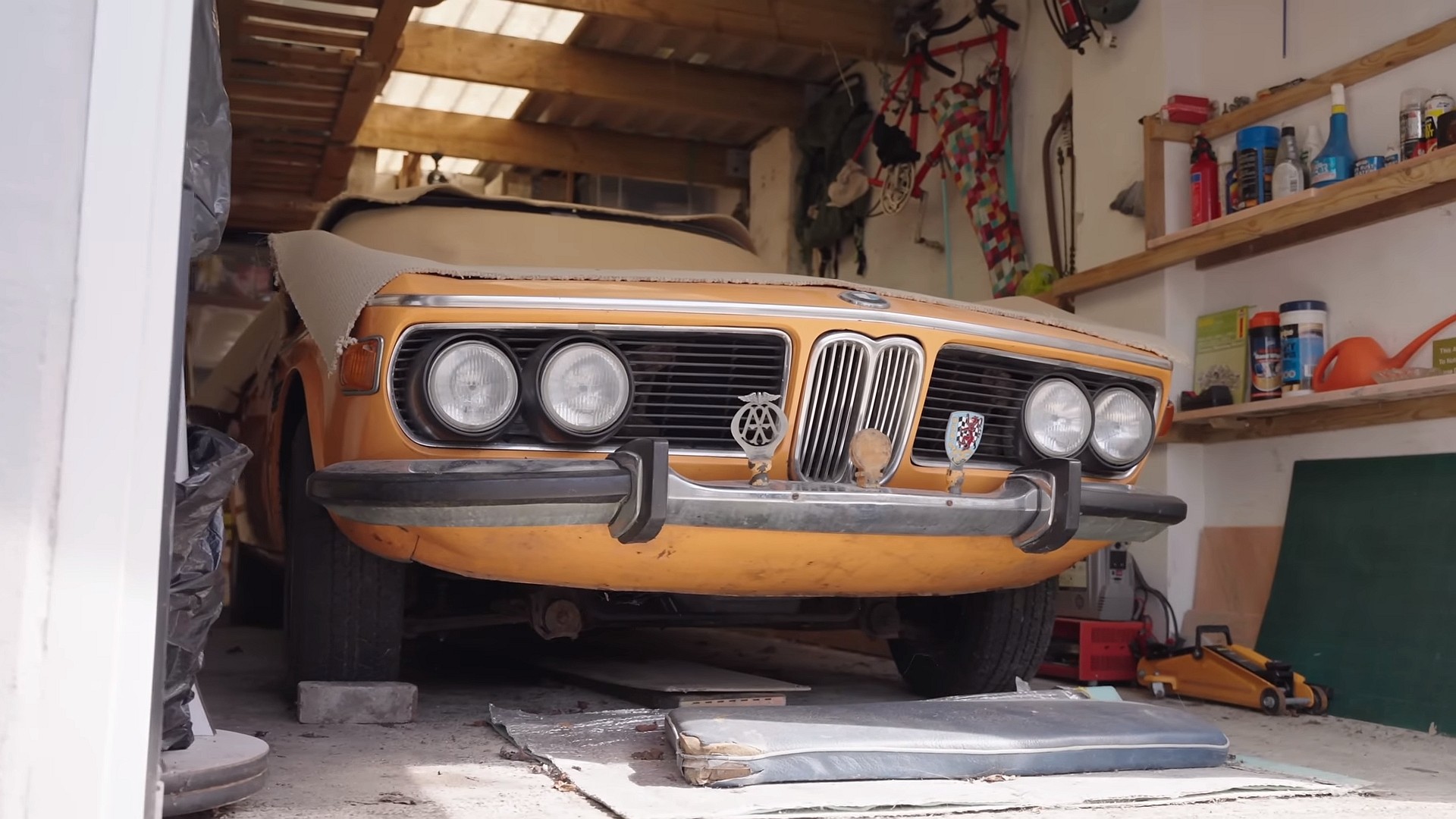
Q4: How rare is the 2800 CS?
A4: While 6,283 units were produced between 1968 and 1971, this specific 2800 CS, being one of only 3,335 from 1970, is likely even rarer, possibly fewer than 1,500 units in its configuration.
Q5: What catalyzed the dormancy of the 2800 CS?
A5: After driving it briefly, the owner retired the 2800 CS in 1985 due to expensive repairs required for the annual MOT test.
Q6: Has the 2800 CS retained its original elements?
A6:Despite the passage of time, the 2800 CS boasts original Colorado paint, interior trim, and a numbers-matching inline-six engine under the hood.
Q7: What is the vehicle’s potential to return to the roads?
A7: The story of redemption looms as the 2800 CS now possesses renewed vitality, poised to emerge from its long dormancy, a classic yearning to reconnect with the open roads.



